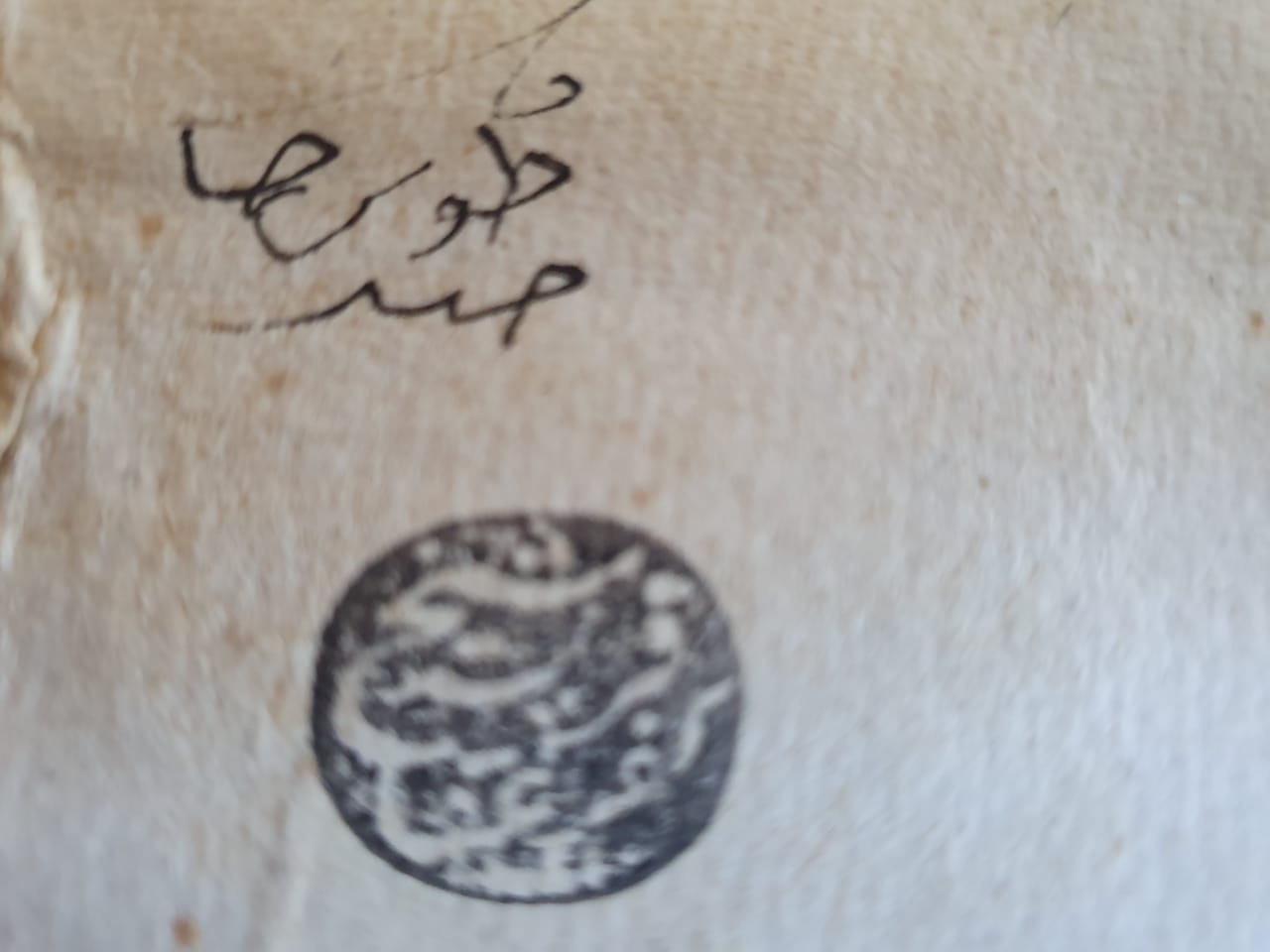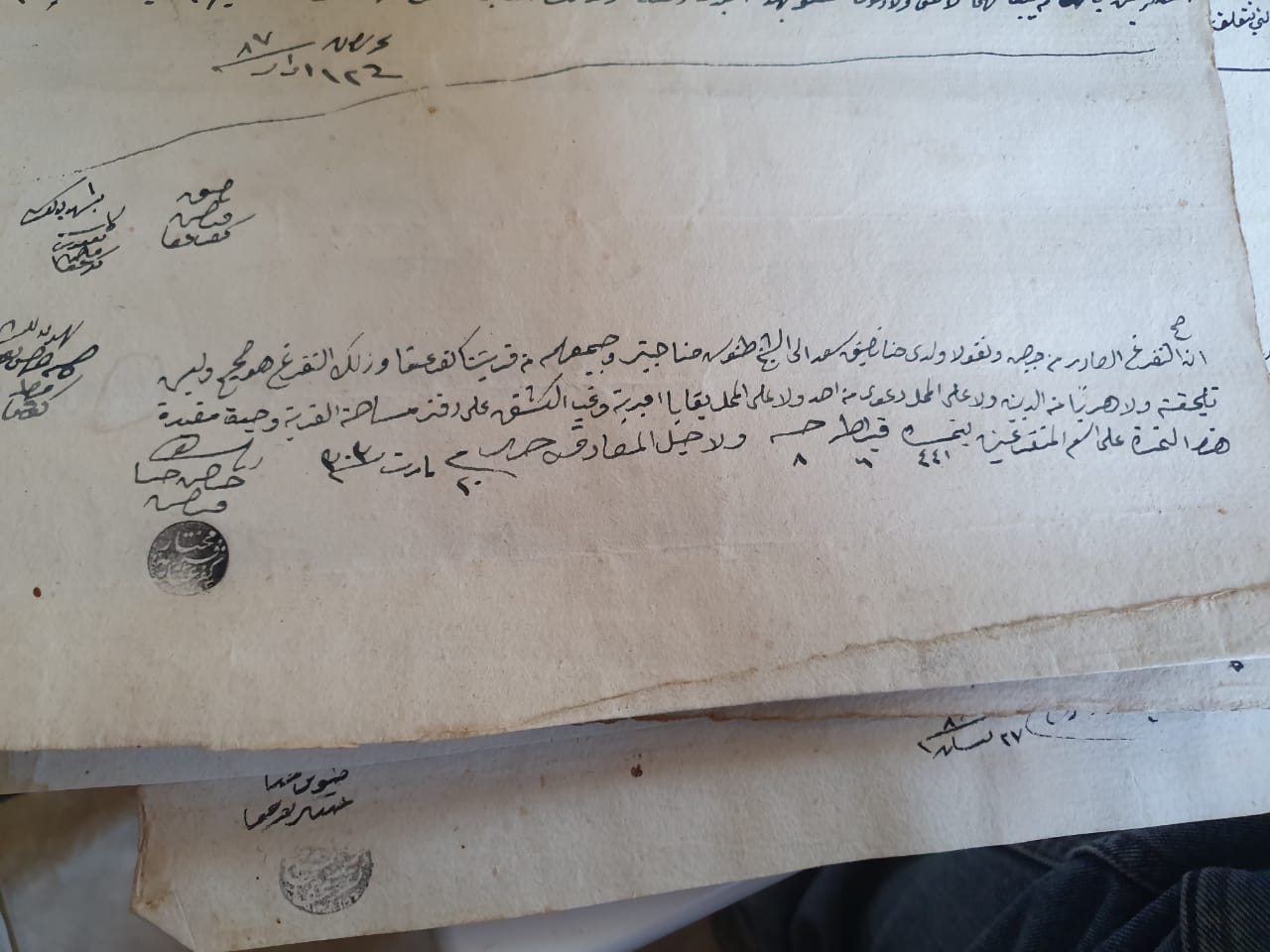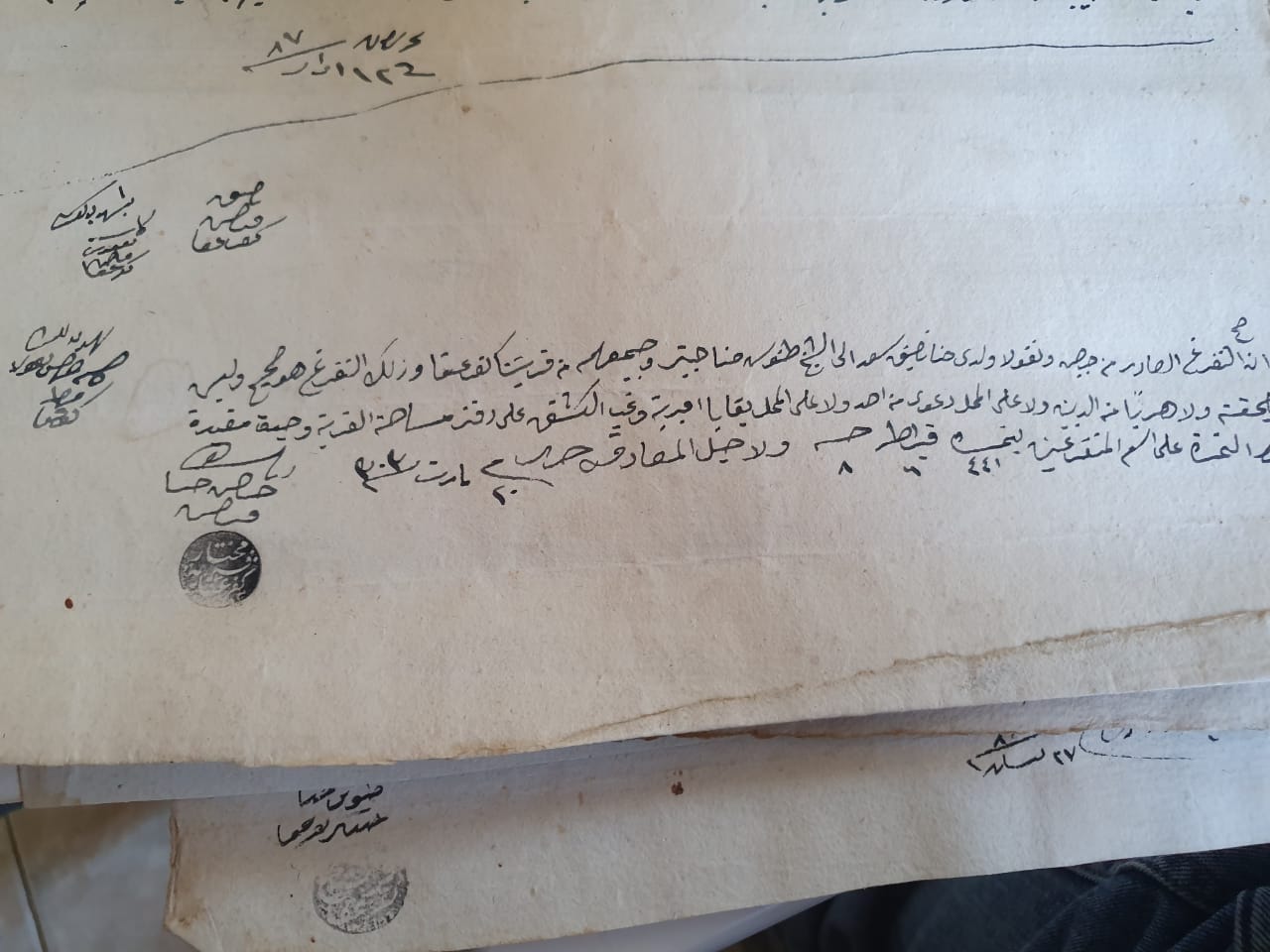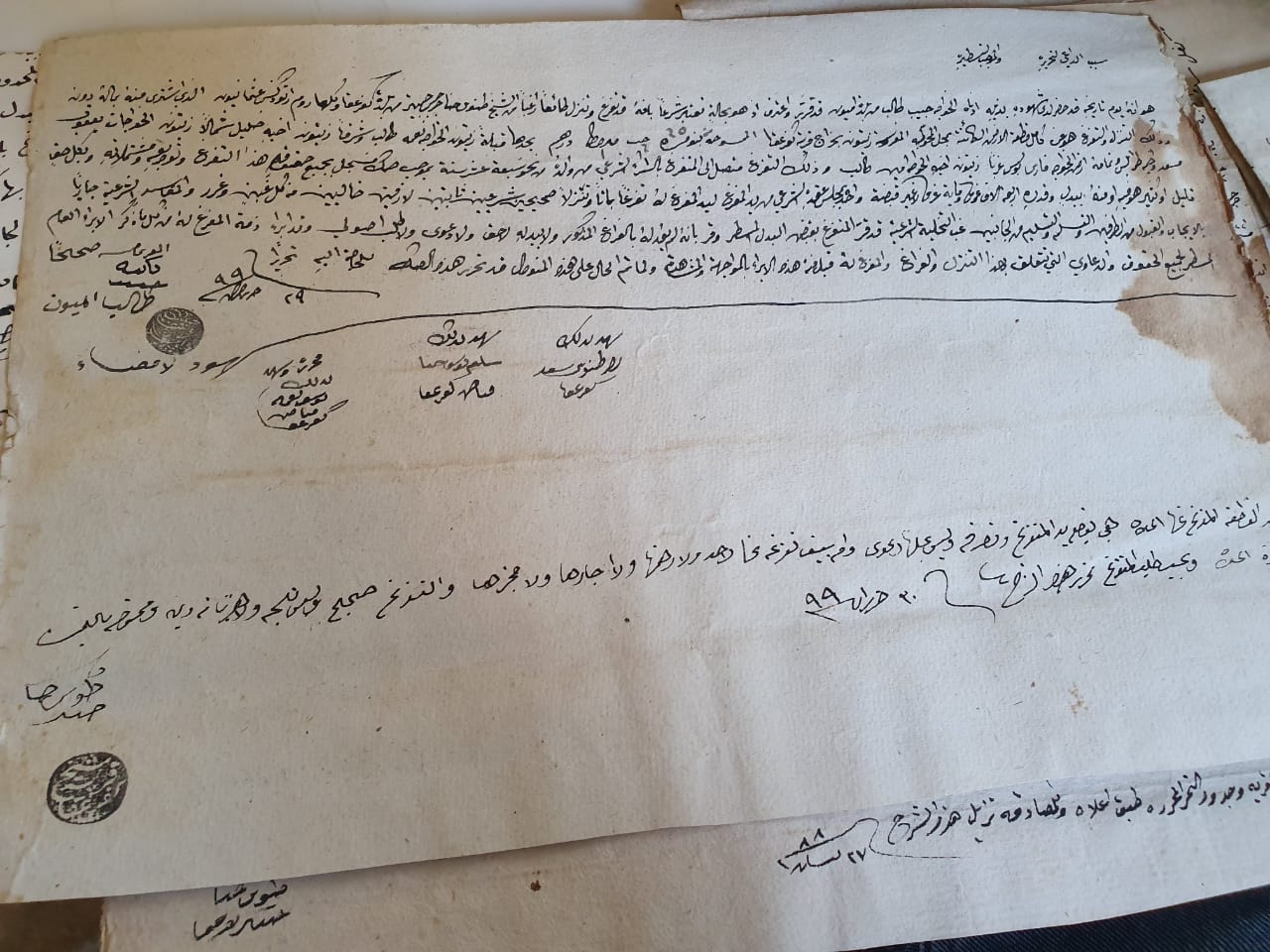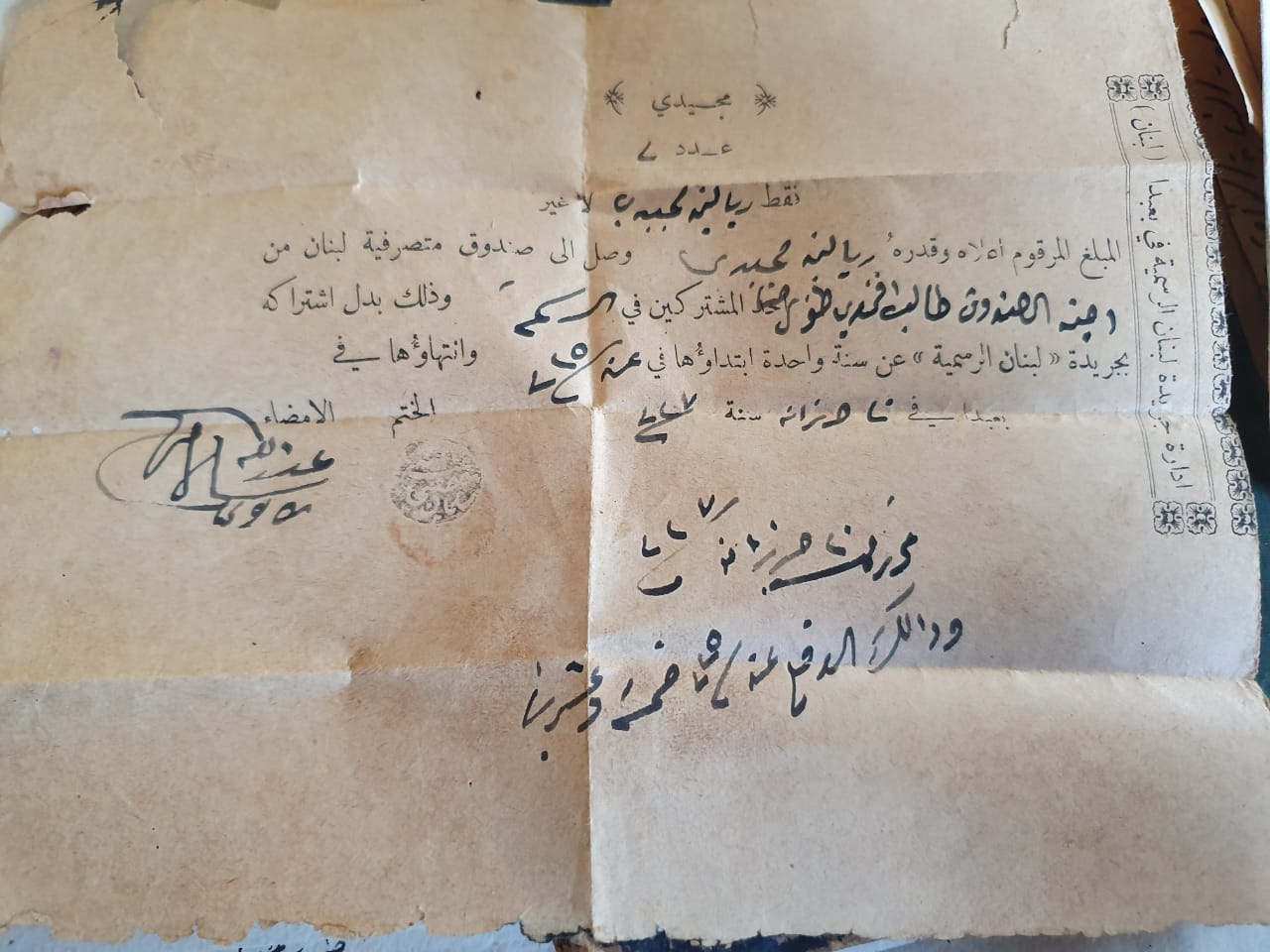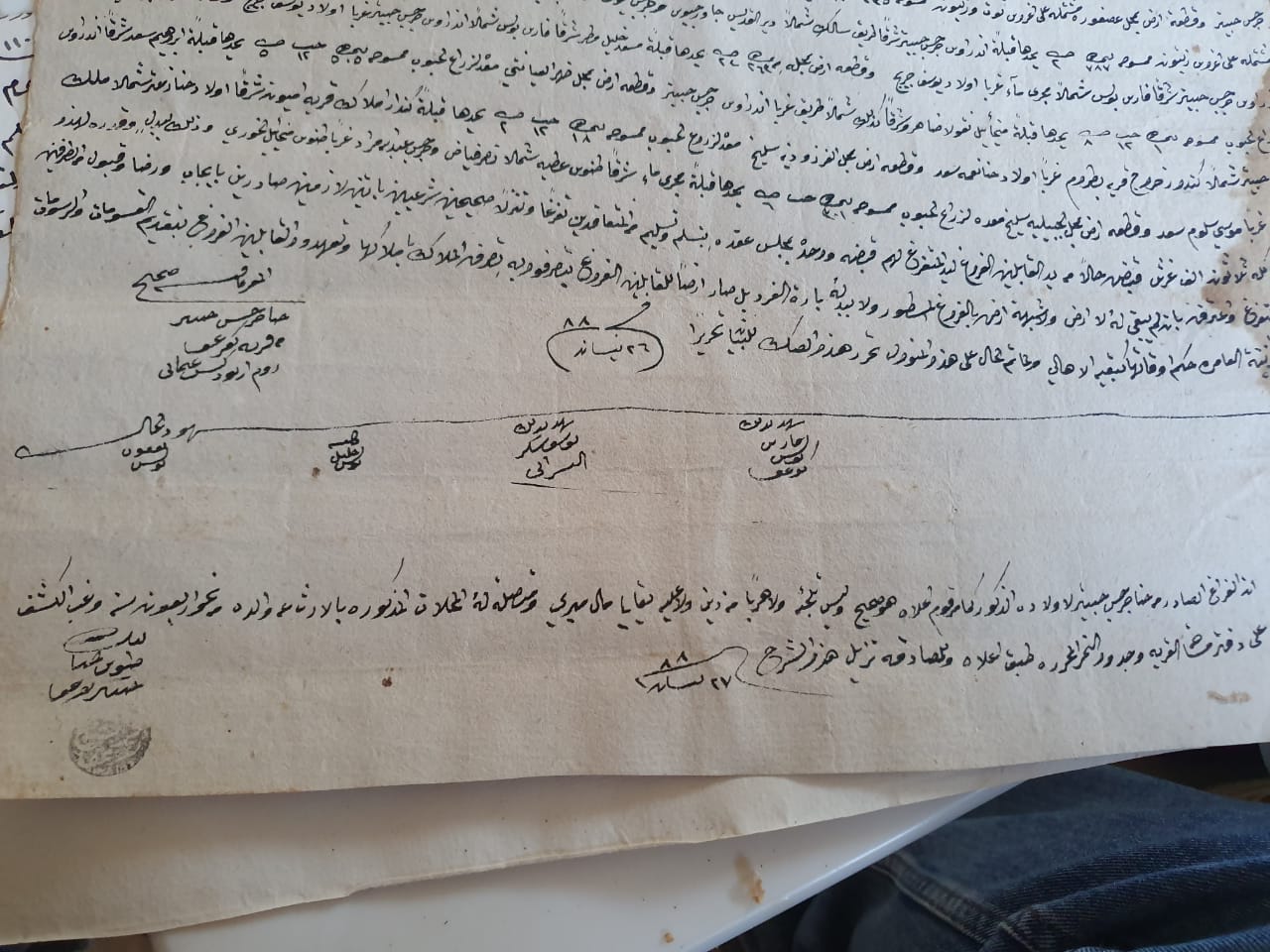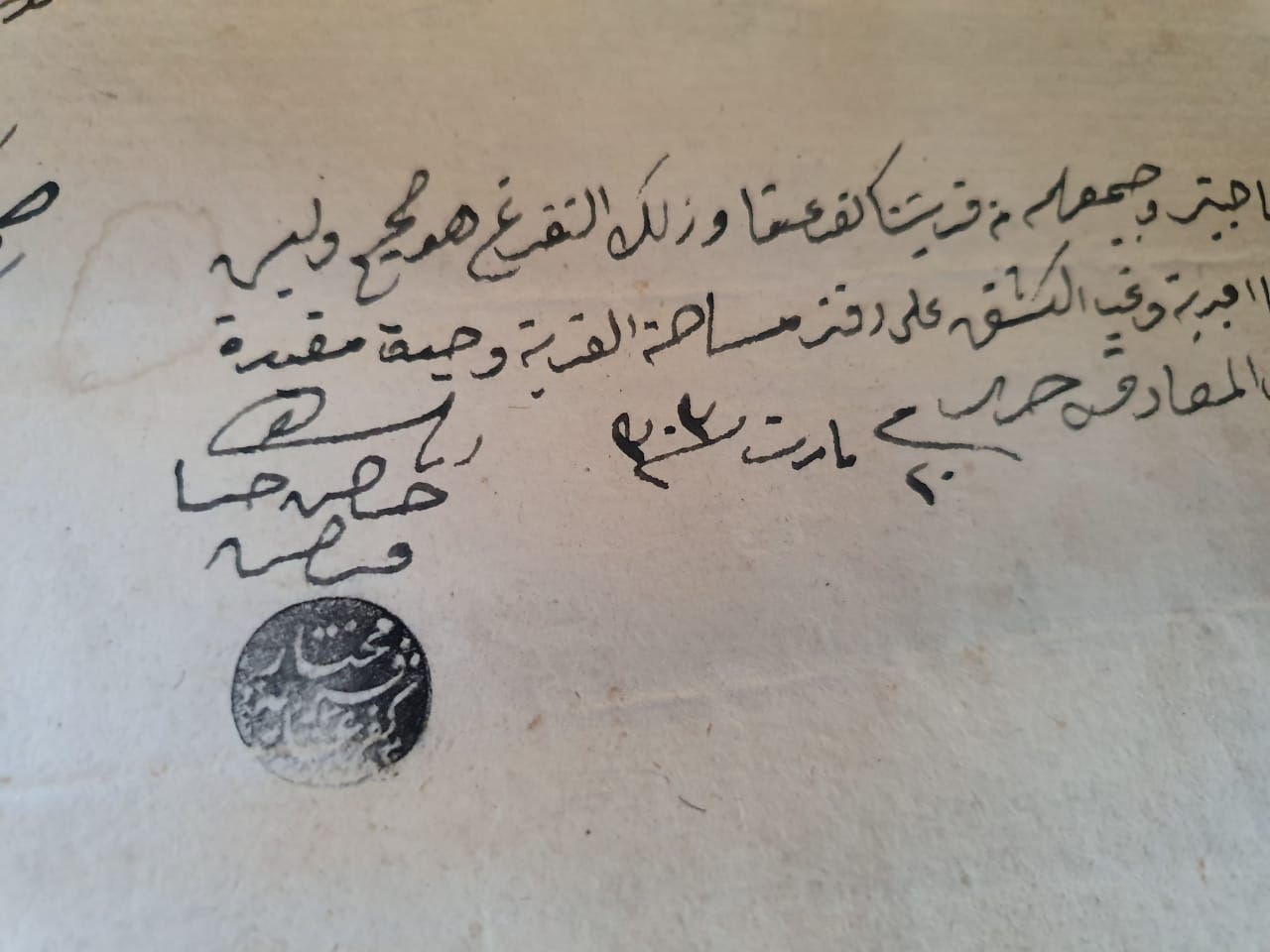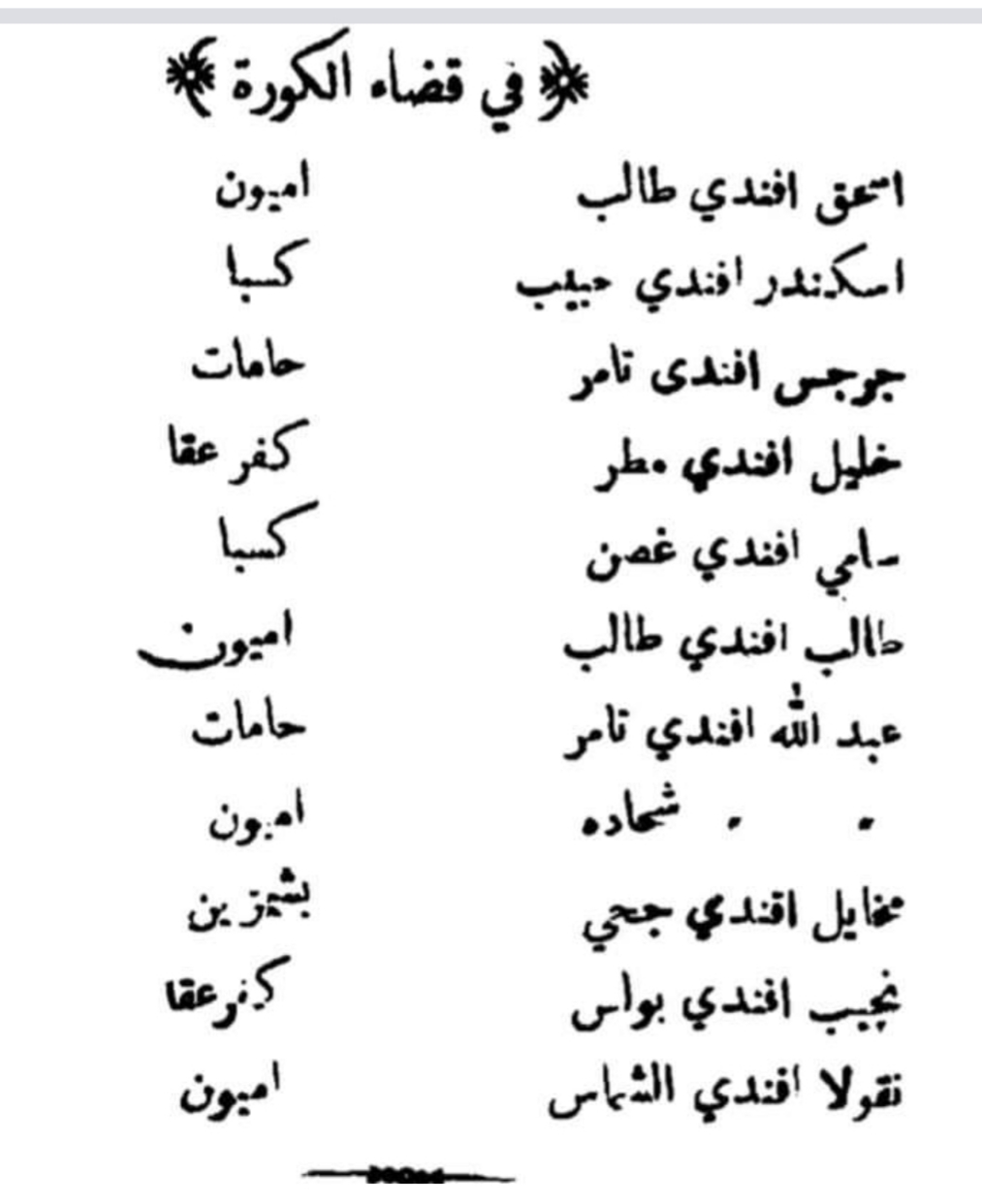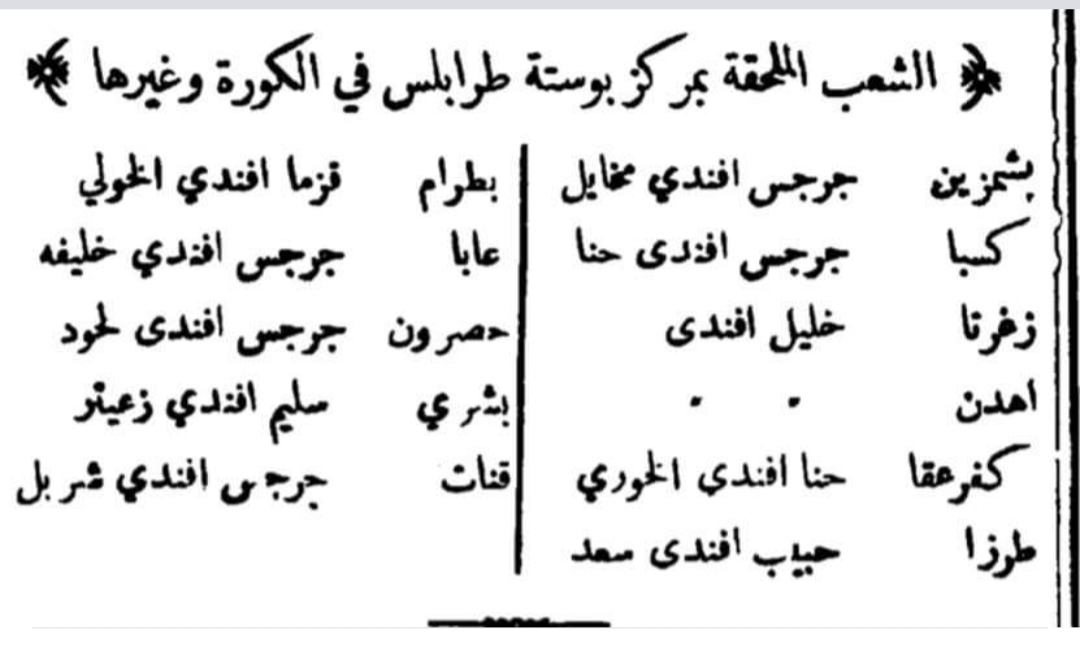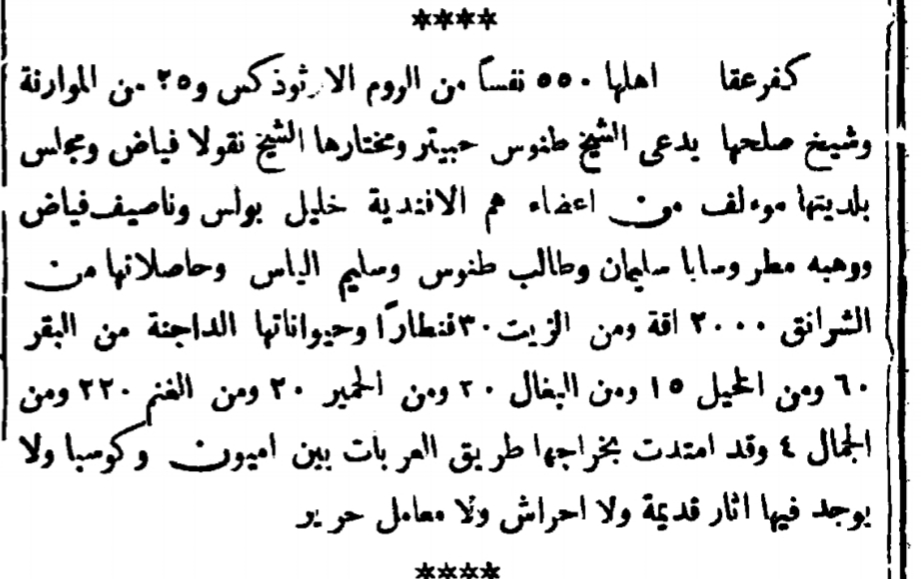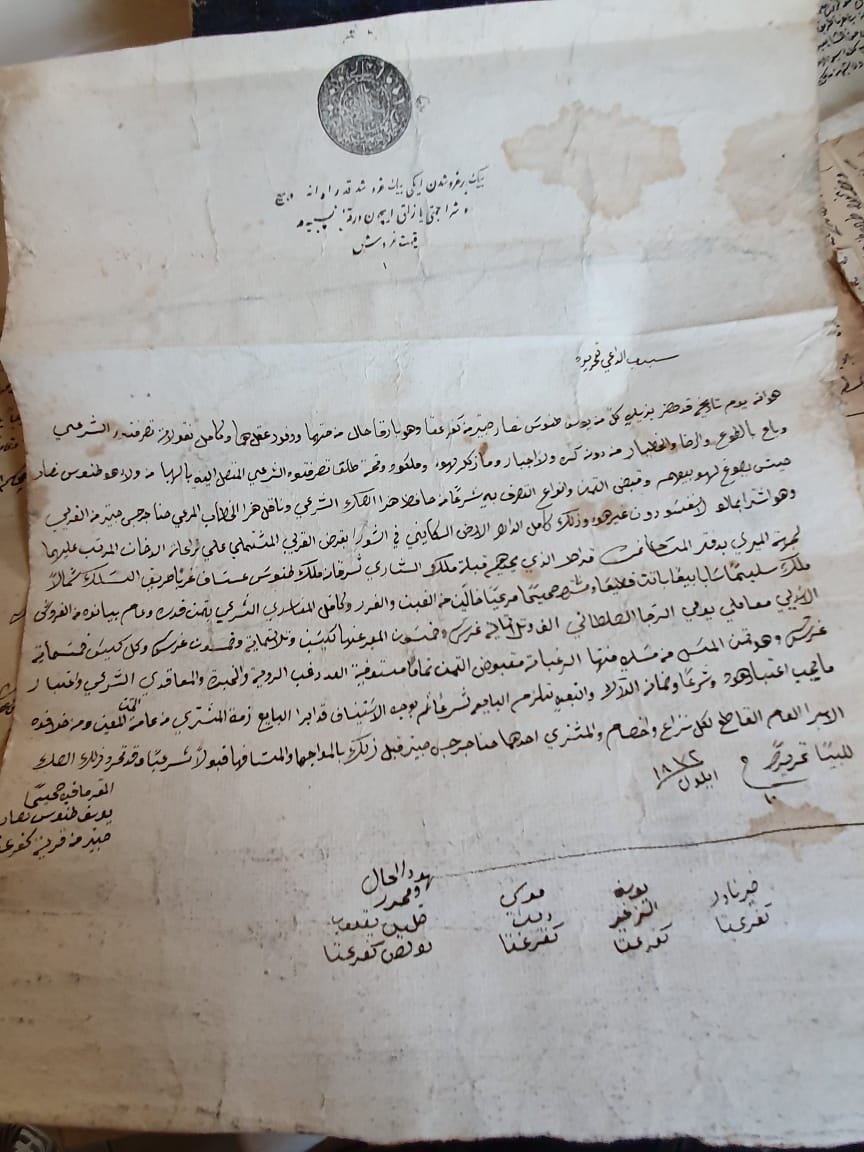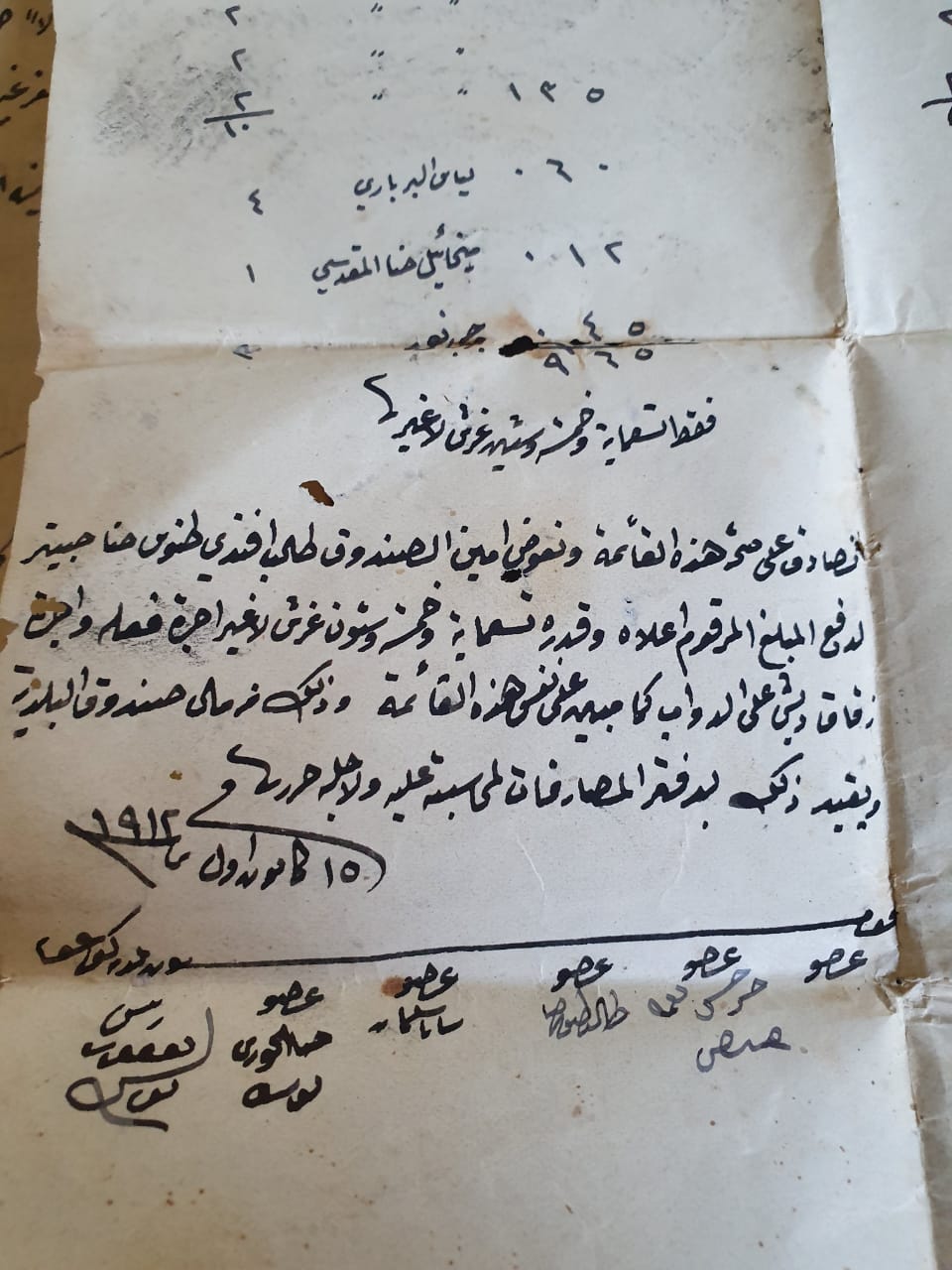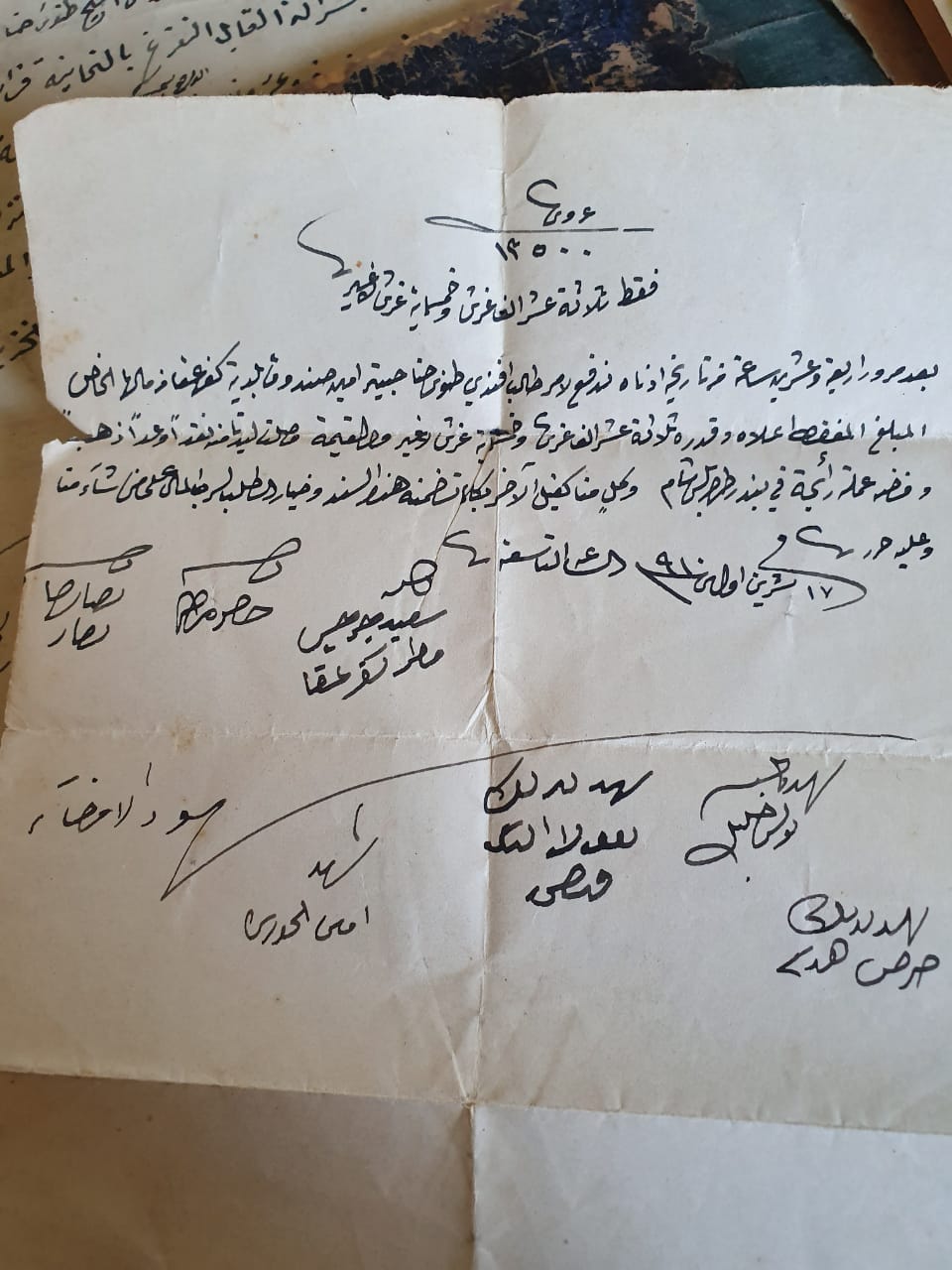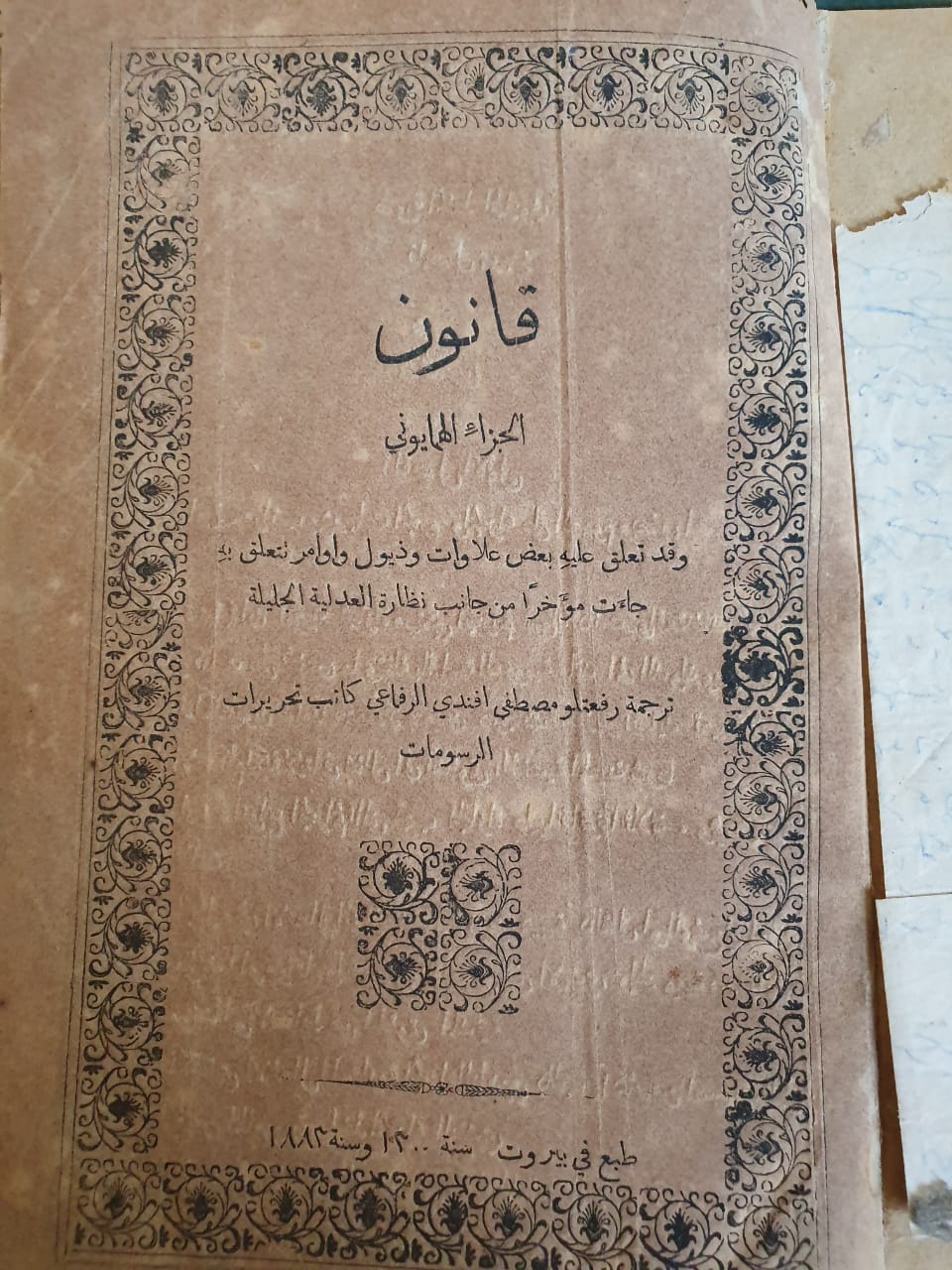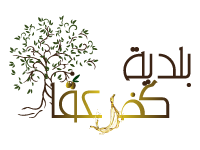In the beginning of the “Moutasarifiate” era, the agricultural conservative society in Kafaraka started to evolve gradually. Several factors played a role. First the farmers started to have their private land. Second their children started getting some education. Third, the new freedom regarding politic, social and religion encouraged the habitant to start expressing their opinion.
It is likely that at the beginning of the Almtsarfiyya period, the Church of Saint Georges was rebuilt according to its basic Crusader design and the Crusader castle stones were used to build the old neighborhoods houses of the town. This explains why the French archaeologist Emmanuel Guillaume Rey, who visited Kafaraka around 1859, confirmed the presence of the destroyed Crusader castle while, in 1906, Ibrahim al-Aswad confirmed that there were no historical places in the town.
After the implementation of “Protocol 1864” Kafaraka citizens elected “Sheikh ” Nassif Nehme as the first “Sheikh of Kafaraka”. After comparing the documents in the archive of Mr Hanna Nehme and that of Mr. Rafic Houbiter we found out that Sheikh Nassif Nehme was the Sheikh of Kafaraka until 1888 . After that Sheikh Tannous Houbiter was elected and he was the Sheikh of Kafaraka until 1907 , after that Sheikh Mikhail Ibrahim bou Farah was elected and he took the responsibility until the beginning of the first war.
After the implementation of “protocol 1864” and according to the official documents available in the archive of Mr Rafic Houbiter the “Mukhtar” of Kafaraka was Gerges Hanna Fayyad and he took this responsibility until end of the 19th century. On the beginning of the 20th century and according to Ibrahim al aswad Sheikh Nicolas Fayyad was elected as Mukhtar of Kafaraka.
In 1862, the consul of Russia declared that the number of adult males in Kafaraka was 227 while the number of students was 29. And According to an old local manuscript written by Sheikh Nassif Nehme, before 1888, less than 50 citizens from Kafaraka could write and read.
At the end of 19Th century, Khalil Nasr Matar was the director of “Qnat directory” in Moutasarifiate Mount Lebanon. His name and the name of Afandi Najib Boulos were registered in the list of certified lawyer in Tripoli. Also Afandi Hanna Al Khoury was an important employee in government.
By the beginning of the 20th century, Kafaraka had a municipality, “Mukhtar” and “Sheikh Soloh”. The Ottoman’s title “Effendi” was given to the mayor and “Sheikh” to Sheikh al-Solh and to “Mukhtar”.
In 1906, the first municipal council was elected. According to Ibrahim al-Aswad, Khalil Effendi Boulos was elected as president and the members were Nassif Fayyad, Wahbe Mattar, Saba Soliman, Taleb Tannous, and Salim Elias.
According to an official documents in the archive of Mr Rafic Houbiter, Mr Yaakoub Boulos was the mayor of Kafaraka before the World War I.
During World War I, Kafaraka faced a catastrophic condition due to the ottoman siege of Mount Lebanon. Many habitants died from hunger and diseases. More than half of the habitants migrated to outside Lebanon to destinations such as Australia, Brazil, USA.
Kafaraka habitants were forced to sell their properties at very low prices, to cover either migration or living expenses of their families.
